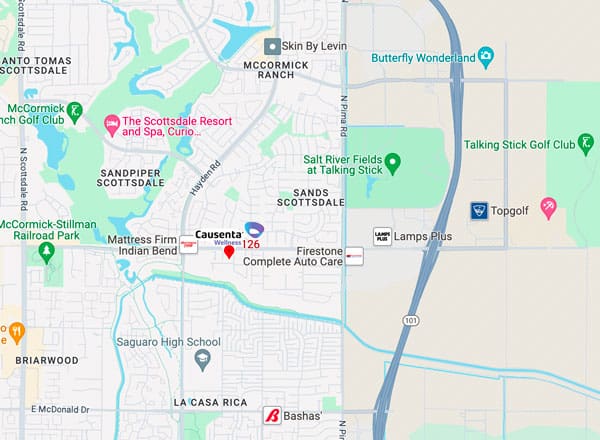Lumps that Are NOT Breast Cancer
Finding a lump in the breast can cause instantaneous panic or fear in a woman because of how common breast cancer is. If a lump is discovered, take it seriously and get it examined by your doctor. However, keep in mind that there are a lot of other reasons for breast lumps. Here are some reasons why there may be lumps in your breasts.
#1 Menstruation
Hormones during and before a woman’s period change dramatically and period-related lumps can happen because of this monthly cycle. If you notice a lump around this time, your breasts will likely be sore or achy as well. Pain meds can help minimize the discomfort.
#2 Fibroadenomas
These are benign (non-cancerous) lumps that consist of breast gland tissue and connective tissue. They are commonly found in young women and are mobile when felt. Doctors can identify fibroadenomas with ultrasounds or mammograms. If the fibroadenoma is bigger than 2 centimeters and has an uneven-looking shape, it could increase the risk for breast cancer development, so it could mean you need to get it biopsied.
#3 Breast fibrosis
Women who have breast fibrosis have extra connective breast tissue that makes the breast feel lumpy. This is commonly seen in women ages 30 to 60 and it can affect up to 50% of women during their lifetime. Women who have this condition often develop cysts in the breast, which are small fluid-filled sacs that can sometimes be painful. Fibrocystic breast changes usually don’t increase the risk of developing breast cancer.
#4 Dead fat tissue
When fat tissue dies after an injury, surgery, or radiation, it’s called fat necrosis. Fat necrosis can cause lumps that feel like a hard mass inside the breast, which can mimic cancerous tumors. If you find a hard lump in your breast, it’s important to check with your doctor to determine if it’s fat necrosis. If it is, the doctors will usually not touch it, because having it surgically removed could cause issues later down the road.
#5 Phyllode tumors
This is a rare lump that grows in a leaflike pattern. Most of these masses are non-cancerous, but they will usually grow uncontrollably and will need to be removed by a doctor. Approximately 10% of these tumors are cancerous and don’t respond well to chemotherapy or radiation.
#6 Papillomas
These are breast tumors that are made up of gland and fibrous tissues and blood vessels. They grow inside the milk ducts and lumps form near the nipples and often result in bloody or clear discharge that comes from the nipple. They’re commonly seen in women ages 35 to 55 and need to be surgically removed. The doctor will also remove the duct area that it grew in. Having only one papilloma won’t increase the risk of developing breast cancer, but if there are multiple papillomas or if you have a history of cancer in the family, you could be at a greater risk for cancer.
Learn more about
 If you’ve recently discovered a lump in your breast, do not delay in getting it looked at by our experienced team at Causenta. Contact us today.
If you’ve recently discovered a lump in your breast, do not delay in getting it looked at by our experienced team at Causenta. Contact us today.
Learn more about Breast Cancer
If you or your loved one has been diagnosed with breast cancer, contact our team at Causenta to discuss what alternative cancer treatment options we offer. To better treat our cancer patients, we use unique protocols that are not found anywhere else in the world. Find out why Causenta patients are living healthy, happy lives.
Watch Margaret, who was diagnosed, as she talks about the breast cancer treatment she received from the team of doctors at Causenta.
Additional Cancer Myth Dispelled Videos


 If you’ve recently discovered a lump in your breast, do not delay in getting it looked at by our experienced team at Causenta. Contact us today.
If you’ve recently discovered a lump in your breast, do not delay in getting it looked at by our experienced team at Causenta. Contact us today.